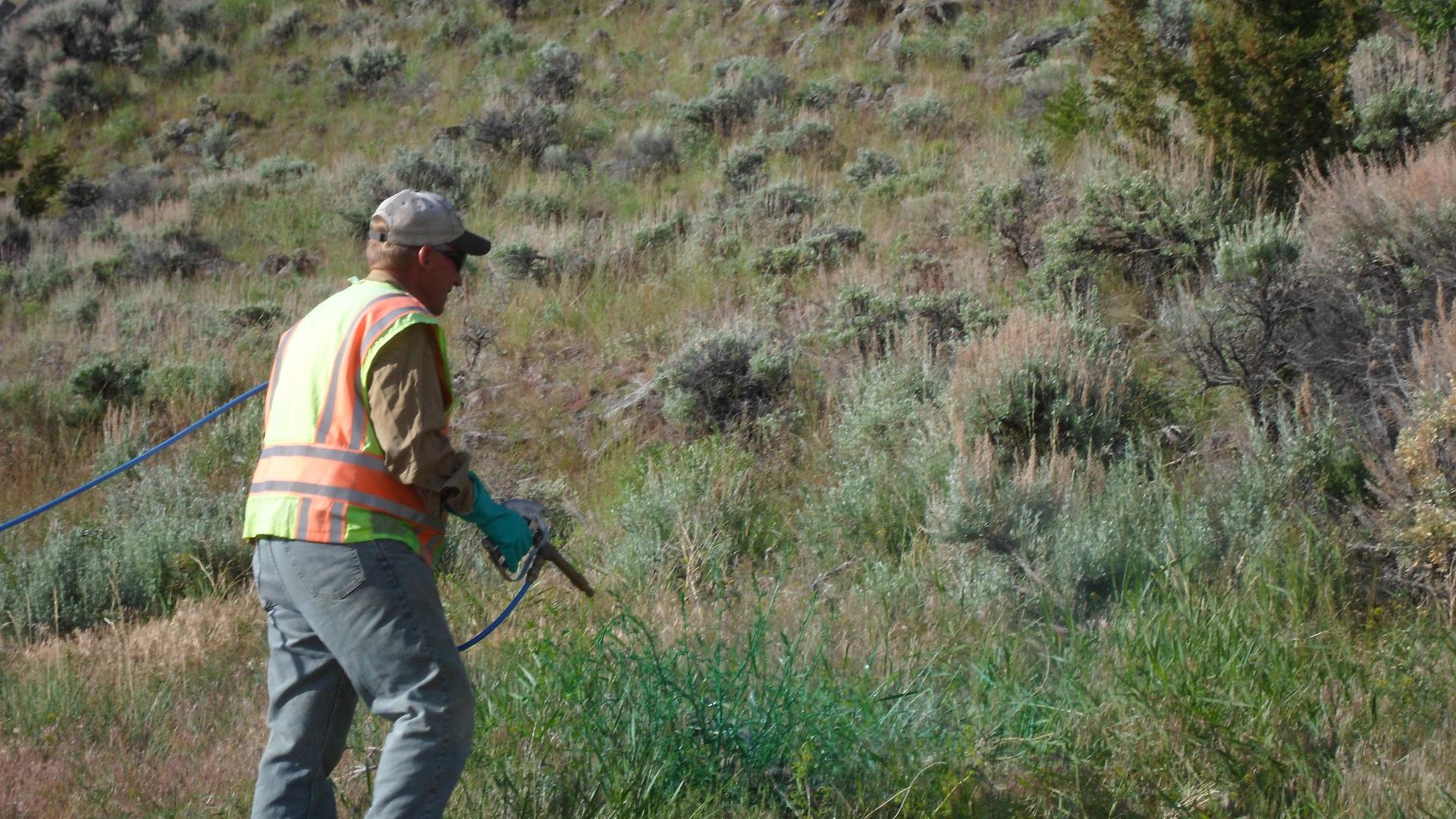
- Body
You can help control invasive plants in several ways. First, learn how to identify the invasive plants in your area and report occurrences to private and public land managers or owners. In Arizona, for example, keeping weeds from becoming established should continue to be a very high priority. The proverbial axioms, “an ounce of prevention is worth a pound of cure” and “the easiest weed to control is the one you don’t have yet” certainly hold true here. It is critical to detect and, if possible, eradicate incipient infestations before they have a chance to spread onto un-infested land. Once a plant sets seed, takes root, and becomes well established, the amount of effort to manage the plant greatly increases.
Second, you can control problem weeds on your own property so that your weeds do not become your neighbor’s problem. There is no “cookbook” or “silver bullet” approach to controlling invasive weed infestations. Management options will vary with each weed species, the scale of the problem, and the ecological conditions unique to the area (soil type, depth of water table, timing and amount of precipitation, topography, etc.). Annual and biennial weeds can sometimes be effectively managed during the early stages of infestation with pulling or cultivation, whereas well-established perennial weeds may require timely application of herbicides that are registered for the targeted weed. When weed infestations become well entrenched, integrated management will be necessary to combine the appropriate set of tools for the targeted plant and ecological site. Possible tools for weed management include mechanical (e.g., hand pulling, grubbing), chemical (e.g., herbicides), and biological (e.g., insects, targeted grazing) methods. Keep in mind that many invasive plants have spines and/or toxic or irritating substances. When controlling weeds manually by hand-pulling, or by applying herbicides, be sure to take safety precautions by wearing the appropriate protective clothing (gloves, boots, safety glasses, etc.). Before using herbicides, always read the label and follow instructions.
Lastly, you can volunteer to help with inventories, mapping, and eradication of invasive plant species in your area. Contact your local county extension office for more information on how to control specific invasive weeds or to get more involved in weed management efforts. Go to the Invasive Species 101 webpage to learn more about what you can do to control invasive plants.